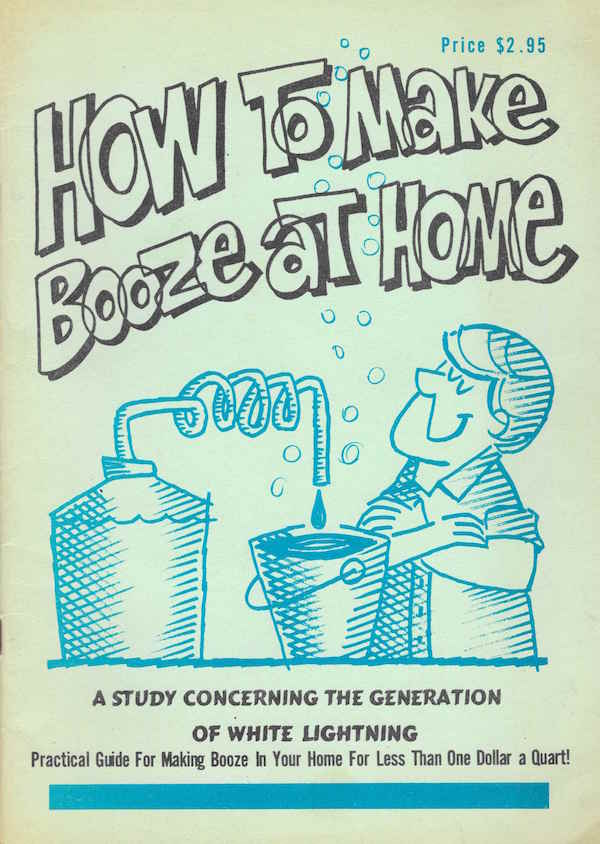
How To Make Booze At Home: A Study Concerning The Generation Of White Lightning – A Practical Guide For Making Booze In Your Home For Less Than A Dollar A Quart!… an interesting little manual from 1969.
How To Make Booze At Home: A Study Concerning The Generation Of White Lightning – A Practical Guide For Making Booze In Your Home For Less Than A Dollar A Quart! – Kurt Devlin (1969 Creative Press and Advertising Inc)
Having already dabbled in making both beer and wine at home, it was only a matter of time before I had some thoughts about trying my hand with some of the harder stuff… which brings me to How To Make Booze At Home, an interesting little artifact, a snapshot in time, that I stumbled upon in my local second hand book store, The Monkey’s Paw.
How To Make Booze at home concerns itself with the production of what it refers to as White Lightning, that is alcohol separated by distillation, to become pure(ish) ethyl alcohol. The first few chapters cover a brief history of fermentation and distillation, a detailed breakdown of the chemical processes at hand, and then a guide to building the various stills suitable for the home distiller. These range from the primitive indian model, through the Liebig still, to the much safer and efficient pot still.
Safety is something that this book cannot stress enough. Indeed there are five pages of safety precautions illustrated with rather amusing cartoons of hillbillies being blown sky high by exploding stills stashed within outhouses. Although many of the drawings in How To Make Booze at home have much in common with the manic art style of Mad Magazine, the technical drawings outlining the construction of the various stills are superbly rendered… just as well really, all things considered.
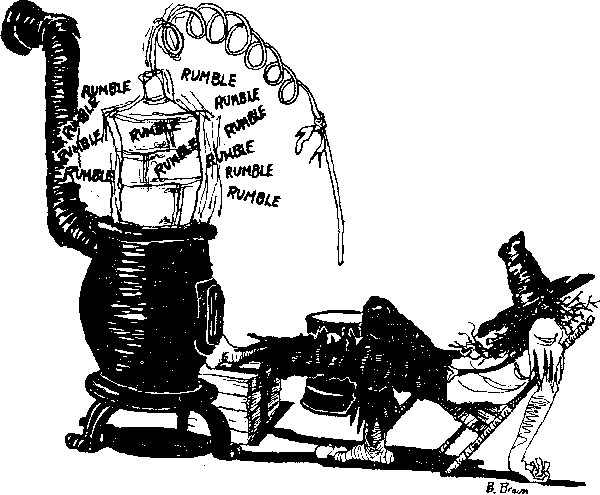
There’s a certain Mad Magazine-like charm to many of the illustrations throughout, with the technical drawings being in a different style altogether, thank goodness.
After most probably scaring the bejeezus out of the reader, the next chapters deal with the procedures one has to follow in order to produce the first basic sugar/water ferment, followed by instructions guiding one through the four distillation runs, and finally directions for the correct proofing of your hooch.
So now, in theory, if you have followed all of the steps correctly, you should have in your hands your first batch of pure ethyl alcohol. What one goes on to do with this is something that this book takes quite seriously, offering a plethora of tested recipes for the production of Cointreau, Creme de Menthe, Drambuie, Kalhua, Scotch, Cognac, Gin. and so on, listing specific flavouring and colouring additives to achieve the desired result. Who knew that it was all so simple? *cough*
Chapter 11, Other Homemade Beverages, is also quite fascinating. Here the author presents recipes for the production of beer (fair enough), a white wine that tastes “similar to Pinot Blanc” (using apple juice, honey, and yeast, no less), and “Sherry Wine” (a rice, raisins, sugar, yeast, and water-based concoction).
The closing chapter describes in detail the laws surrounding the production of distillates and the fact that what you have been doing is most probably against the law of the US state you call your home.
How To Make Booze At Home reminds me of an Anarchist Cookbook for the alcoholic, skinflint, Do-It-Yourself enthusiast, but therein lies its ultimate charm. As a fascinating curiosity of another time and another space, it now takes pride of place in my showcase bookshelf, much to the amusement of our houseguests.
![]()
(Five our of five apples)
…
 Edinburgh-born/Toronto-based Sommelier, consultant, writer, judge, and educator Jamie Drummond is the Director of Programs/Editor of Good Food Revolution… And he probably won’t be trying any of these recipes anytime soon.
Edinburgh-born/Toronto-based Sommelier, consultant, writer, judge, and educator Jamie Drummond is the Director of Programs/Editor of Good Food Revolution… And he probably won’t be trying any of these recipes anytime soon.

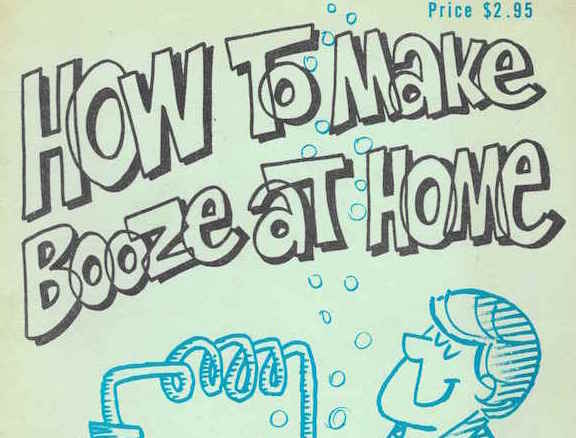

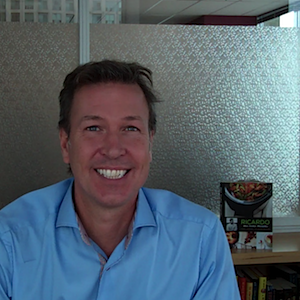
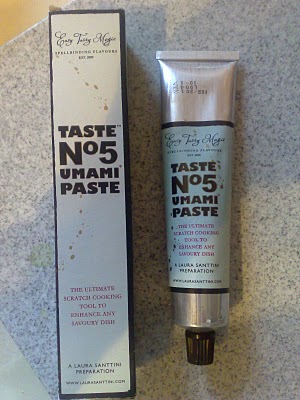
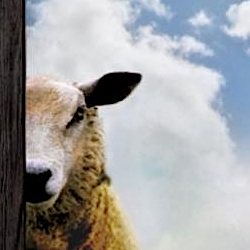
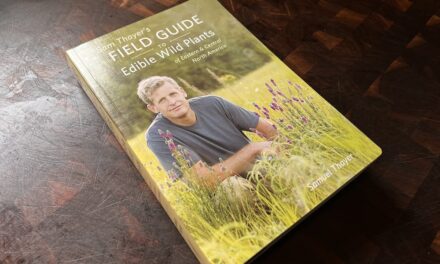

I have the first edition of this manual. How much would this be worth?
I wouldn’t imagine very much. More of a curiosity than anything else, and quite widely published back in the day!